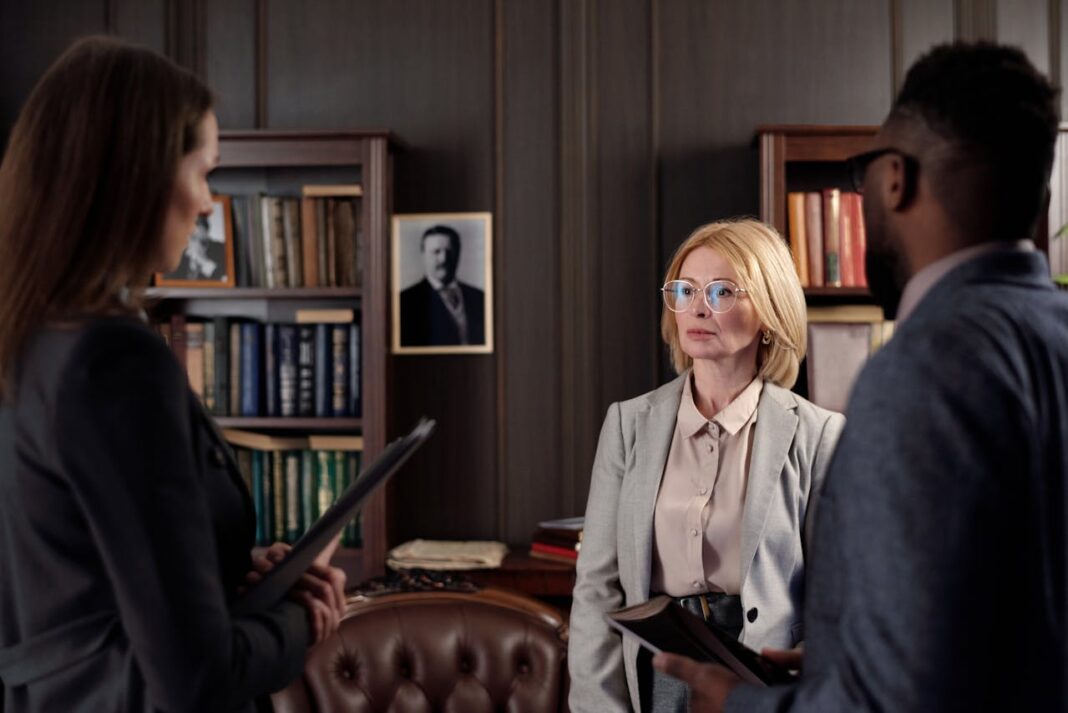Litigation involves organized and effective communication of issues. However, it is found that in most legal cases, information is normally complicated and how it is communicated may affect the case.
Legal graphics are one of the most effective weapons in the hands of lawyers since they can help to present the information as clearly and emphatically as possible. They help to present evidence in an orderly manner in front of the jury or the judge who is to settle on the case.
Trial graphics are likewise useful in that they can be utilized in a way which helps the legal teams construct a superior evidentiary narrative in support of their overall legal plan.
The Power of Visual Communication in Courtrooms
People mainly learn through sight and therefore, most of us are best described as visual learners. Scientific studies indicate that the ability to retain information is enhanced where such information has been displayed graphically. This is especially pertinent in civil cases where jurors are expected to assimilate masses of data and then make a decision depending on their perception of the legal matter. Trial graphics are charts, timelines, animations or infographics that assist in breaking complex information into a more understandable and easy to remember presentation.
If properly done, trial graphics can draw attention to specific pieces of evidence, describe complex operations, and bring focus to specific time frames. This visual information provides jurors with a way to associate vague concepts with important details that they would ordinarily forget in the course of trial.
Enhancing Legal Analysis With Trial Graphics
Trial graphics are not only important in making points about pieces of information but also in setting the direction of the flow of the trial. They enable attorneys to put forward their presentations in a systemized, logical as well as aesthetically persuasive manner. This way, legal teams can better manage the flow of their presentation to the jury.
For example, in a medical malpractice case, an attorney may use trial graphics to outline a sequence of events that led to an injury and identify where the mistake was made. Where the case is based on fraud in the financial markets, then a graphical representation of the data or trend, or even a sudden spurt or dip will help the attorney make a better case.
Also, trial graphics can be used to explain, for instance, the testimony of the expert witnesses. For example, a simulation of how an accident happened would corroborate a witness statement and because of this, the jury is able to appreciate unfamiliar jargon. Trial computer graphics do add value to the trial process by simplifying the expert’s opinions, which in normal circumstances would be hard for lay juror to understand—the argument is boosted by the credibility of the graphics used.
Conclusion
Adopting trial graphics in your legal approach plays a vital role in enhancing your case since it makes it easier to present information, and grab the jurors’ attention. By utilizing the concepts mentioned above, an attorney can create a persuasive narrative that will help to win the case in court. Whether it is to explain evidence, bolster or support an expert opinion, or to sustain jury interest, trial graphics are now an essential tool in a modern trial strategy.


